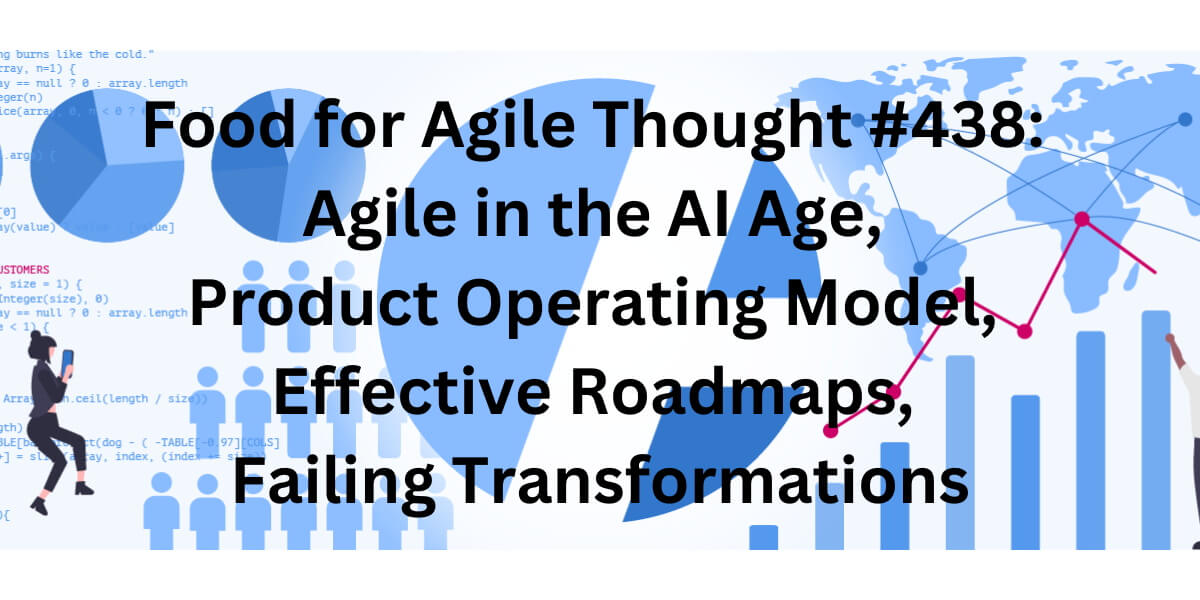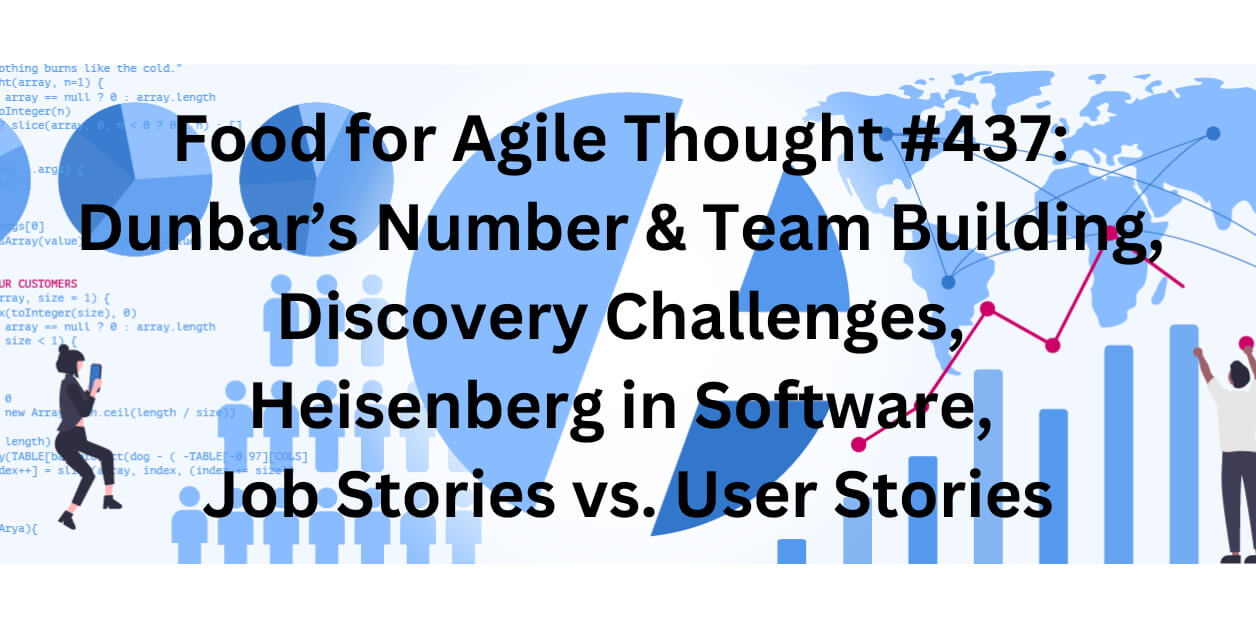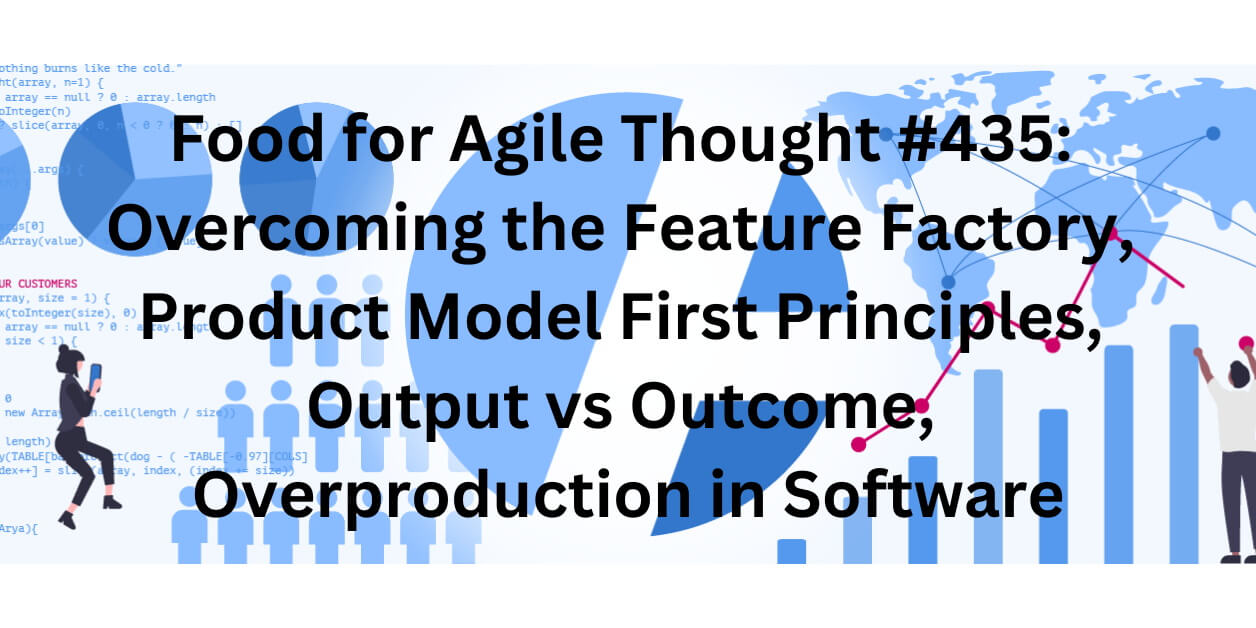TL; DR: Product Operating Model Template — Food for Agile Thought #440
Welcome to the 440th edition of the Food for Agile Thought newsletter, shared with 42,461 peers. This week, Andy Birds shares a product operating model template to enhance ROI and customer outcomes. Brendan Gregg critiques the impact of disruptive “brilliant jerks” in engineering, while John Cutler advocates for engagement over layoffs. Also, Alex Debecker shares Basecamp’s Shape Up methodology, and Murray Robinson discusses the commodification of methodologies.
Then, Itamar Gilad warns about the potential pitfalls of Generative AI in degrading product culture. Roger Martin critiques traditional strategic planning, emphasizing genuine strategic thinking. Moreover, Ant Murphy introduces innovative Product Backlog formats and management techniques, and Teresa Torres and Stephanie Leue discuss transitioning from a feature factory to continuous discovery.
Lastly, Dave Rooney suggests replacing Story Points with simpler metrics, such as counting completed user stories. Nočnica Mellifera warns against misusing DORA metrics as high-stakes personnel tools. Abi Noda and Tim Cochran also promote qualitative metrics for measuring developer productivity. Cameron Presley advocates for blameless postmortems to learn from failures. Finally, Benedict Evans discusses evolving AI use cases, considering its potential to manage complex tasks.







